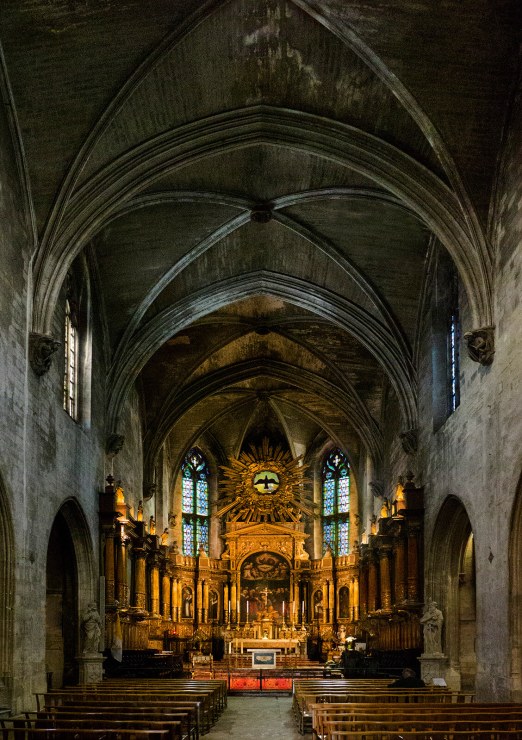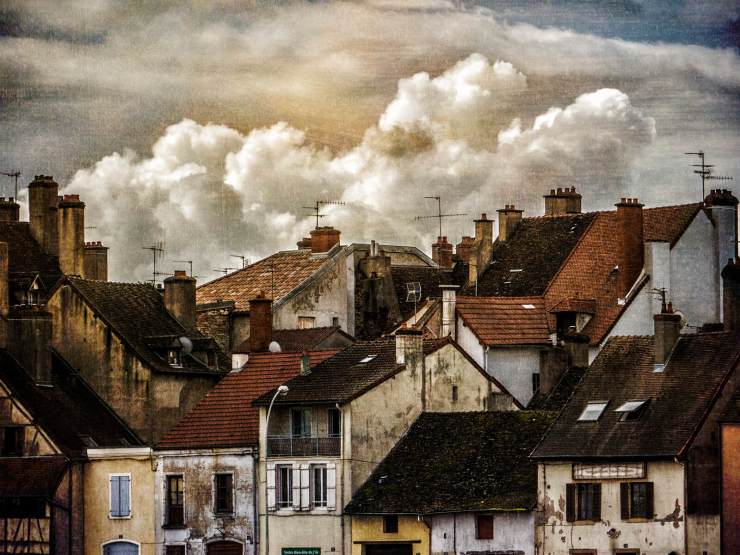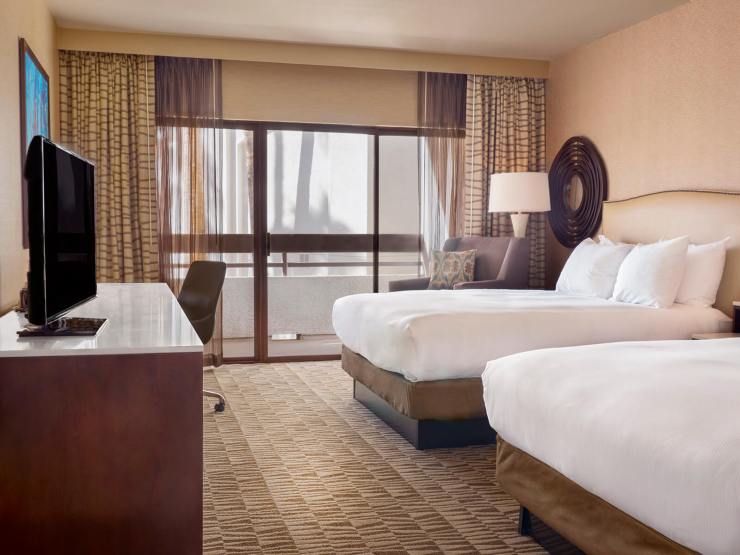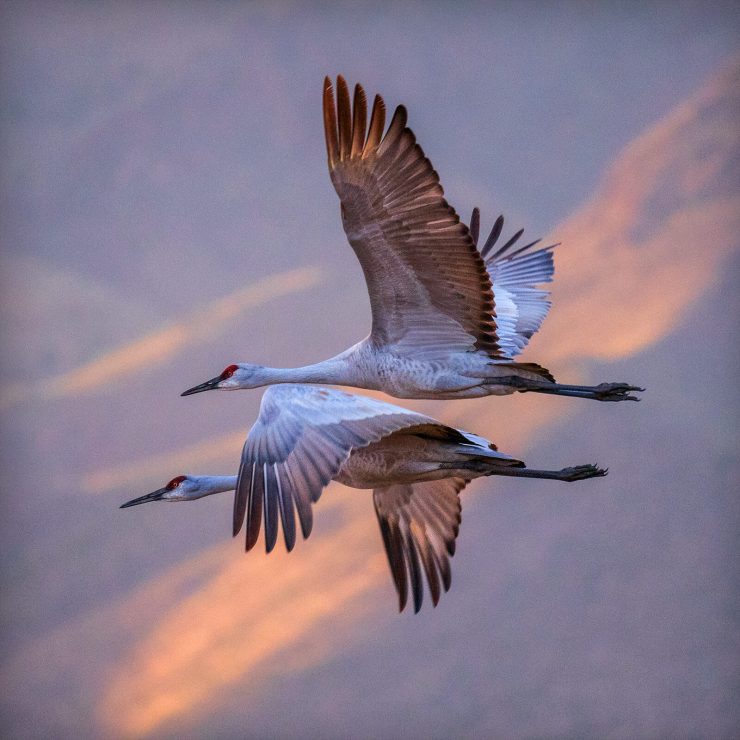“Proper tool for the proper job, tell them what you used.” Was a quote from my Panasonic mentor Tom Curley. The quote was in response to my question, “When I’m speaking, sponsored by Panasonic, what if I am showing an image by another camera manufacturer during my presentation?” I knew then that I could work with Panasonic and the micro four-thirds cameras as an ambassador, aka Lumix Luminary, at the time.
The beginning

I searched for a vacation camera that wouldn’t weigh me down. Where the files would not fall apart when pushing them upon return from the trip. I found the Panasonic Lumix GH2. I tried numerous point and shoot cameras with no luck.
Upon return from a trip to France, I shared the images with Skip Cohen. I told him of having the camera and lenses on me the entire trip with no fatigue and how excited I was. He suggested with that imagery I get with Panasonic to become an ambassador for them. I said no several times due to the fact the format was not yet up to the professional standards I needed. He persisted. Hence, the question outlined at the start of this article.

New cameras with better tech

I grew with the format as the chips became stronger and the underlying technology improved with each new release. Pushing the format and with the Panasonic cameras getting a larger portion of my image captures I found myself close to selling my full-frame gear. Photographing for the Hilton hotel in Phoenix, I decided to see if the micro four-thirds images would pass the test of approval from Hilton Corporate.
I photographed all shots with two cameras — one full-frame and the other the Lumix GH4. Submitting the Lumix files there was only a question about one of the images. It was a crop shot 3800 pixels on the long dimension. Hilton required 4200 pixels minimum for approval. I resized that image and got approval for the entire shoot.
The next day I began to sell my full-frame gear. That was 2014. I’ve been shooting with the smaller format ever since.
Why I like the micro four-thirds format
The Hilton job proved the ability of the micro four-thirds system to satisfy discerning clients. Lightweight gear makes my job easier. Especially when out scaring up nature and wildlife images, I appreciate the ability to carry more focal lengths without worrying about the load.
Even though I use tripods and gimbals, I’ve appreciated the in-camera and lens stabilization that enable the hand-holding of lenses with a similar field of view as 800mm and beyond with solid results.

With computational photography options the smaller format sensors can yield larger files in the studio when necessary. For example, the OM-D E-M1 Mark III, which is my main shooting body these days, is capable of delivering an 80MP file. This has been a bonus when photographing artwork for reproduction.
In the field you can achieve a 50 MP file handheld. Computational imagery also allows for ND filter simulation, adding only the brightest pixels to a file during exposure and much more.

For best results
I know there can be more noise in the micro four-thirds format vs. full-frame sensors. There is a solid solution for that. In high dynamic range situations, it is important to expose to the right (ETTR). ETTR is shooting in RAW mode and exposing the file to the right of your Histogram as far as you can without loosing any information. Processing to bring back highlights leads to a better file then even slightly underexposing and opening up shadows. Your best pixels are in the brightest areas of your camera’s files.
I follow along in Ansel’s footsteps and use post-processing as a major part of creating the final image to utilize the best of the format.
Last words. The micro four-thirds format works wondrously for me! How about you?
Yours in Creative Photography, Bob
Tell your story with the second annual Visual Storytelling Conference!
Experience four days of interactive, online training sessions featuring a range of educational content with experienced photographers and content creators. This free event kicks off with a series of technical boot camps to build essential skills, followed by live, online sessions on photography, video, business and social media. Join live from March 10-13, 2022!
